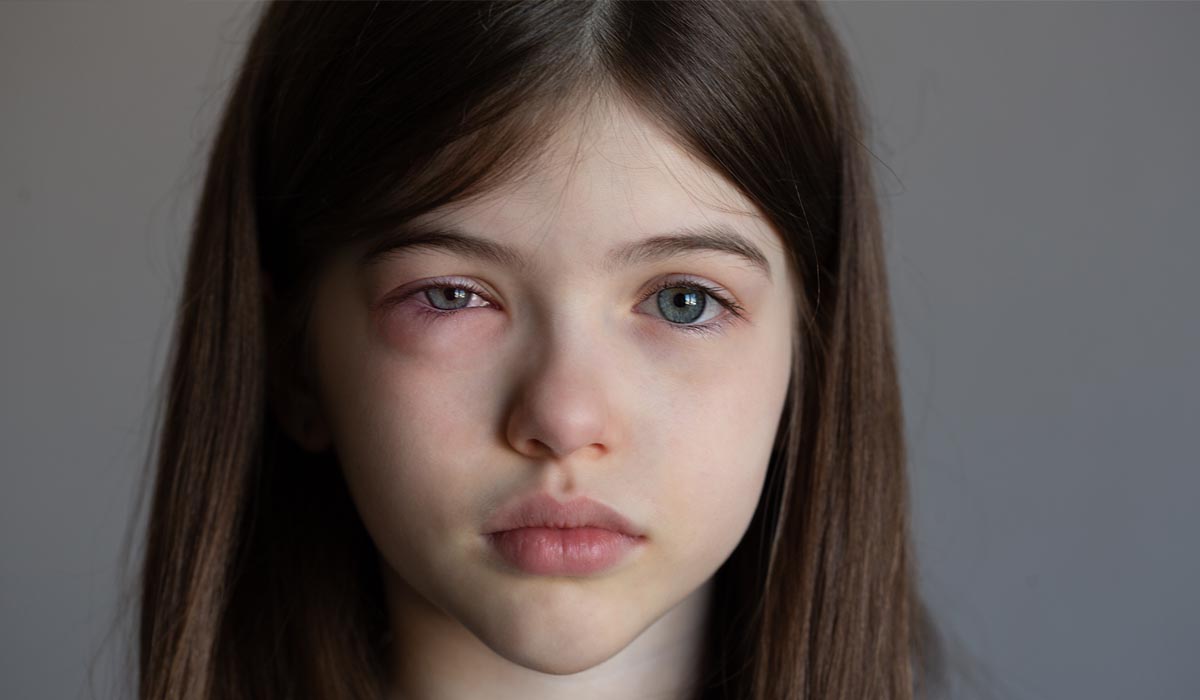✨Book online and enjoy a 5% discount on your first consultation
Home » Pediatric Services » Conjunctivitis

Medical Service Name: Conjunctivitis
The human eyes have a filmy layer of tissues that cover the white portion of the eyes. This layer is called the conjunctiva, and it is a lining on the inside of the eyelid. Conjunctivitis is a disorder that affects the conjunctiva. It is also commonly known as pink or red eyes. The disease is highly contagious. However, it is usually not serious and very rarely causes permanent damage to eyesight.
Possible Causes
Some of the known reasons for Conjunctivitis are:
Types of Conjunctivitis
Risk factors:
Sign & Symptoms
These are the general symptoms of Conjunctivitis:
Diagnosis
The diagnosis includes detecting the virus, bacterium, or allergen that is causing conjunctivitis. The patient’s medical history, symptoms, and examination of the eye are essential. Apart from eye redness or swelling, it can have other symptoms. It is necessary to consult an experienced healthcare professional for complete diagnosis and determination of infection.
Treatment Options at 7DMC
Redness, irritation, or pain in the eyes can result from other reasons too. Hence, consult with an expert eye doctor at the Department of Family Medicine at 7DMC immediately on detecting the symptoms mentioned above. Our specialists will collaboratively work with you in the early detection of Conjunctivitis and prescribe the best treatment.
Our specialists may recommend the following test for Conjunctivitis:
The treatment will vary as per the cause and the type of the disease.
Since Conjunctivitis is contagious, our doctors will guide you on personal hygiene and home care for a speedy recovery. Regular washing of hands with soap, washing towels and pillow covers daily, avoiding school and office, avoiding rubbing the eyes, wearing sunglasses, etc., are some ways to prevent the disease from spreading.
Once the antibiotic treatment starts, you should stay away from work for at least 24 hours. If the infection is severe, it can take up to a week to return to the regular working schedule.
It’s always advisable to consult your physician and act accordingly.
Near Dubai Miracle Garden,
Diamond Business centre A,
1st Floor,
Arjan, AI Barsha,
Dubai.
WhatsApp us